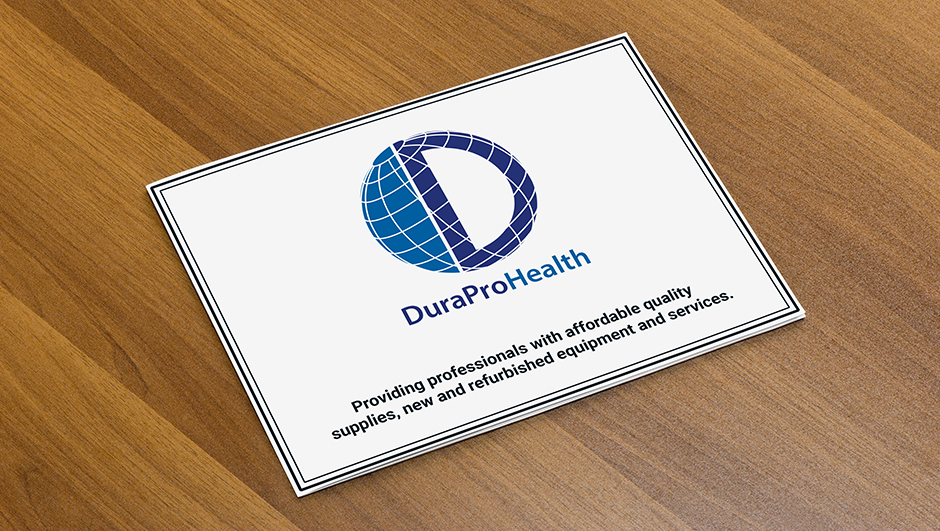Carbon Monoxide Poisoning
According to a study by the federal Centers for Disease Control and Prevention, the first month of the year is the worst for carbon monoxide poisoning. At least two people die each day from carbon-monoxide poisoning in January. Unintentional carbon monoxide exposure accounted for 15,000 emergency room visits annually with an average of 439 people dying each year.
Fatalities were highest among men and senior citizens: Men because they are engaged in more high-risk behaviors such as working with fuel-burning tools or appliances and seniors because they are likely to mistake the symptoms of CO poisoning (headaches, nausea, dizziness or confusion) for the flu or fatigue. CO deaths are the highest in winter (December is the second). Cold weather increases the use of gas-powered furnaces as well as the use of risky alternative heating and power sources during power outages.
Remember the following safety tips to prevent CO poisoning:
 Have your heating system, water heater and any other gas appliances inspected and serviced every year.
Have your heating system, water heater and any other gas appliances inspected and serviced every year.- Install CO detectors in the proper places of your home.
- Don’t use a generator or other fuel burning device inside the home or outside near a window.
- Don’t burn anything in an unvented stove or fireplace.
- Don’t let a vehicle idle inside a garage.
- Don’t heat a house with a gas oven.
WHAT IS CARBON MONOXIDE (CO)?
- Carbon Monoxide is a colorless, odorless and tasteless poison gas that can be fatal when inhaled.
- CO inhibits the blood’s capacity to carry oxygen.
- CO can be produced when burning fuels such as gasoline, propane, natural gas, oil or wood.
- CO is the product of incomplete combustion. If you have fire, you have CO.
WHERE DOES CARBON MONOXIDE (CO) COME FROM?
- Any fuel-burning appliance that is malfunctioning or improperly installed.
- Furnaces, gas stoves, gas clothes dryer, water heater, portable fuel-burning space heaters, fireplaces, generators and wood burning stoves.
- Vehicles, generators and other combustion engines running in an attached garage.
- Blocked chimney or flue.
- Operating a grill in an enclosed space.
WHAT ARE CARBON MONOXIDE (CO) POISONING SYMPTOMS?
Initial symptoms are similar to the flu without a fever and can include dizziness, severe headaches, nausea, sleepiness, fatigue/weakness and disorientation/confusion.
WHAT ARE THE EFFECTS OF CARBON MONOXIDE (CO) EXPOSURE?
- Common Mild Exposure – Slight headache, nausea, vomiting, fatigue, flu-like symptoms.
- Common Medium Exposure – Throbbing headache, drowsiness, confusion, fast heart rate.
- Common Extreme Exposure – Convulsions, unconsciousness, brain damage, heart and lung failure followed by death.
- If you experience even mild CO poisoning symptoms, immediately consult a physician!
If a CO detector sounds, leave your home immediately and call 911 from outside. Seek prompt medical attention if you suspect CO poisoning and if you or someone in your household is feeling dizzy, light-headed or nauseated.
